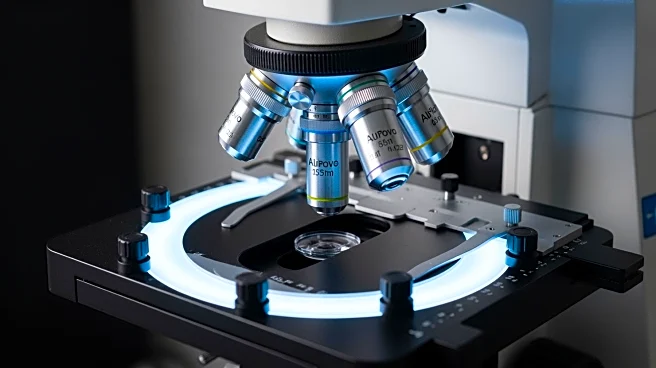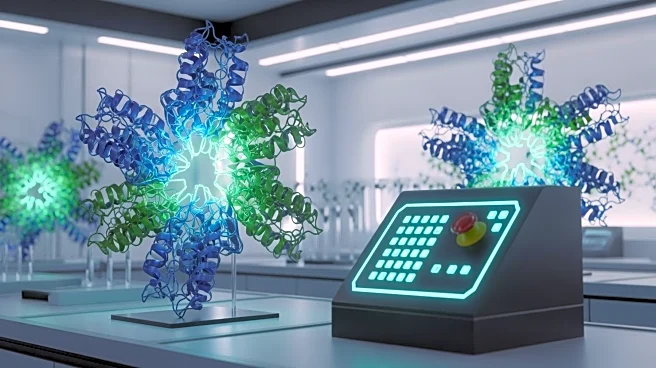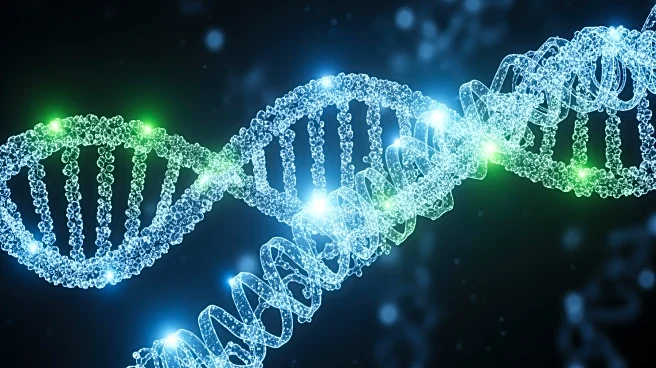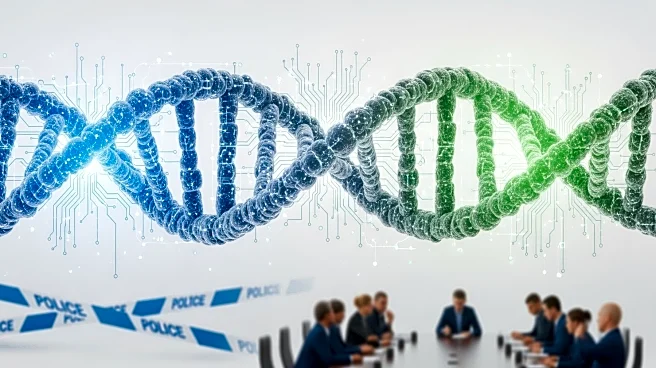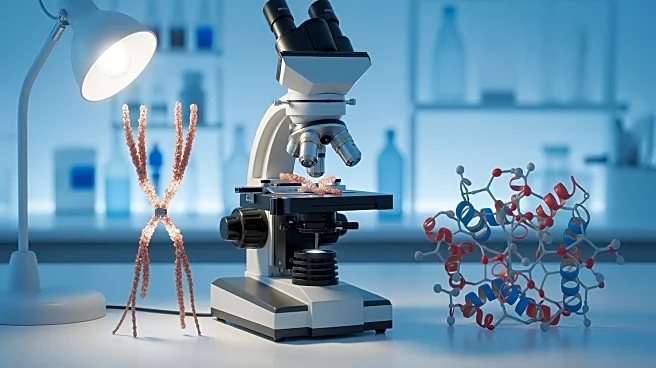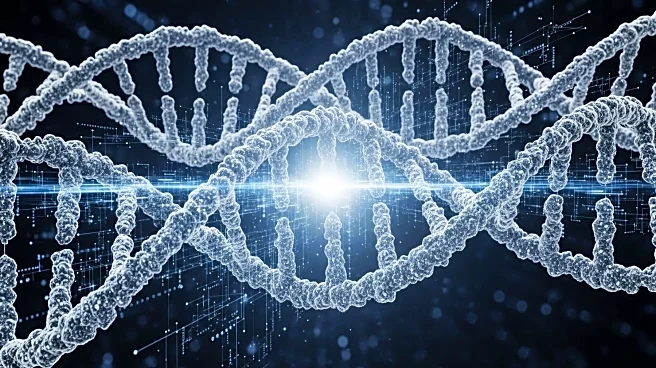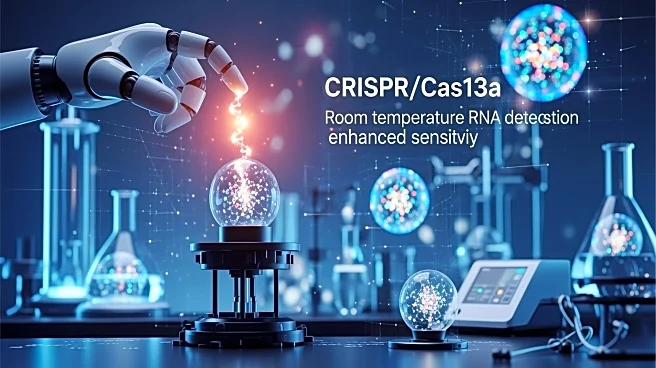What's Happening?
A new rapid-degradation system combined with super-resolution microscopy has been developed to study RNA-binding proteins (RBPs) within nuclear membraneless organelles (MLOs). The system, known as hGRAD,
uses a GFP nanobody fused to the F-box domain of the human E3 ubiquitin ligase FBXW11 to target endogenous GFP-tagged proteins for rapid proteasomal degradation. This allows researchers to track the effect of specific RBPs on MLO architecture within two hours.
Why It's Important?
The ability to rapidly degrade specific proteins and study their effects on cellular structures is crucial for understanding cellular processes and disease mechanisms. This system enhances the resolution and accuracy of microscopy techniques, allowing for more detailed observations of cellular dynamics. It could lead to new insights into the role of RBPs in diseases such as cancer and neurodegenerative disorders.
What's Next?
Further research may focus on expanding the use of this system to other cellular structures and proteins. Collaboration with medical researchers could lead to the development of new diagnostic and therapeutic approaches based on the insights gained from super-resolution microscopy.
Beyond the Headlines
The ethical considerations of manipulating cellular processes should be addressed, particularly in terms of potential applications in genetic engineering and biotechnology. The impact of this technology on research practices and scientific discovery should be monitored.
